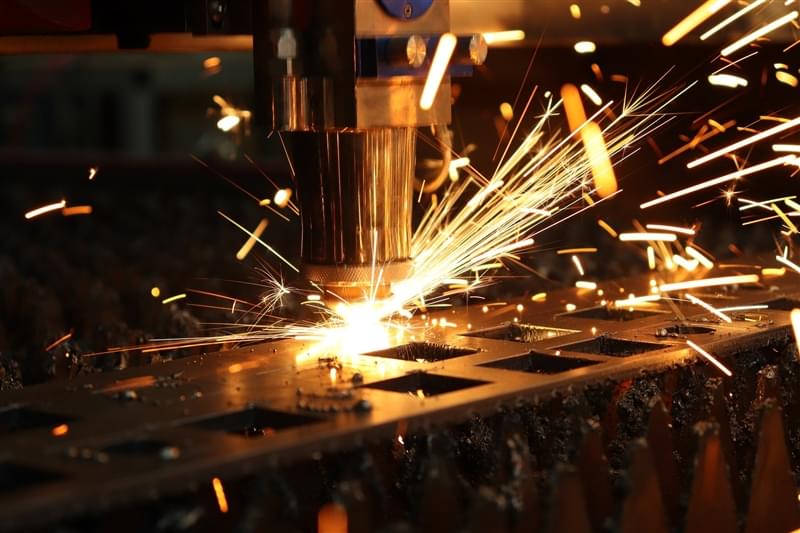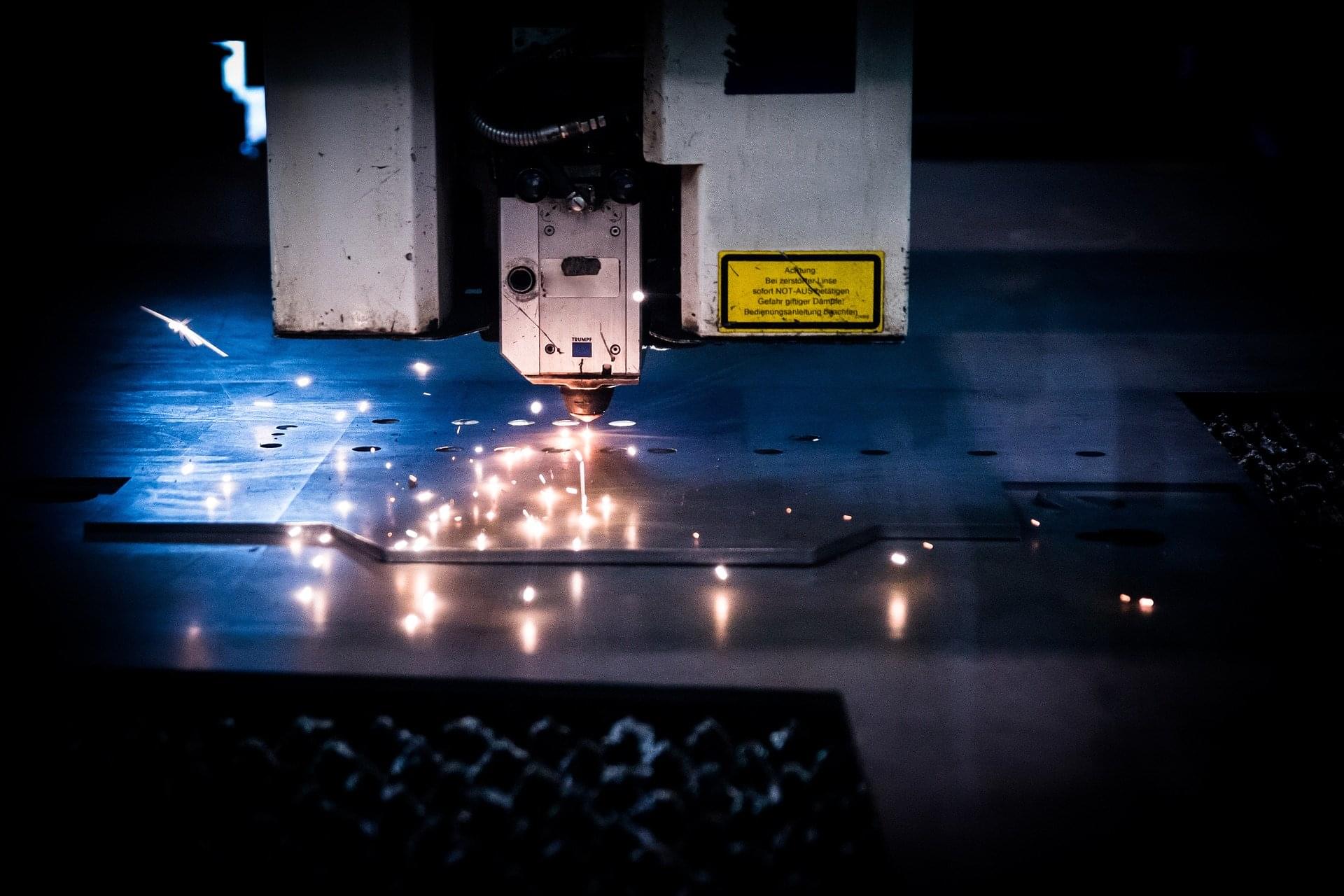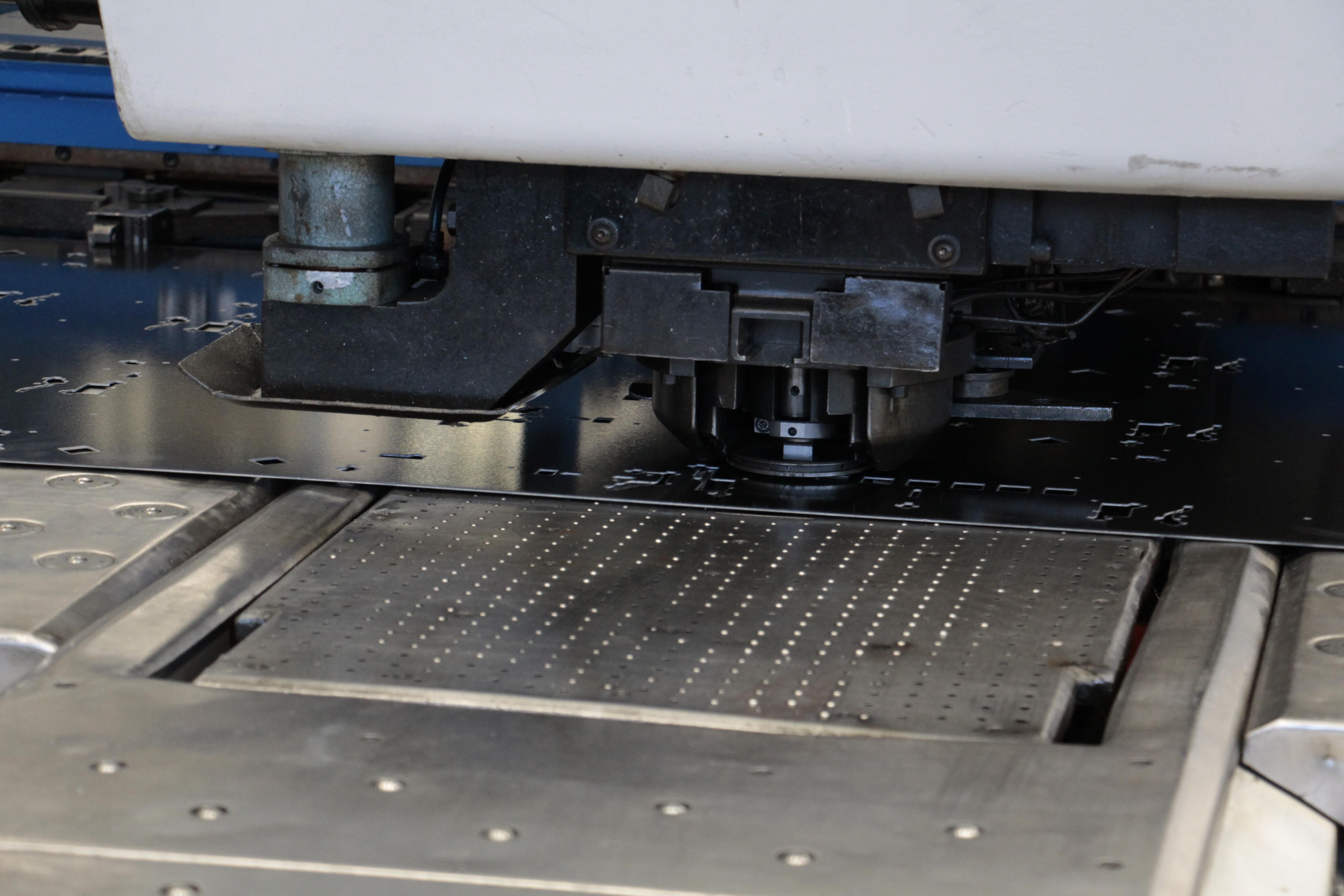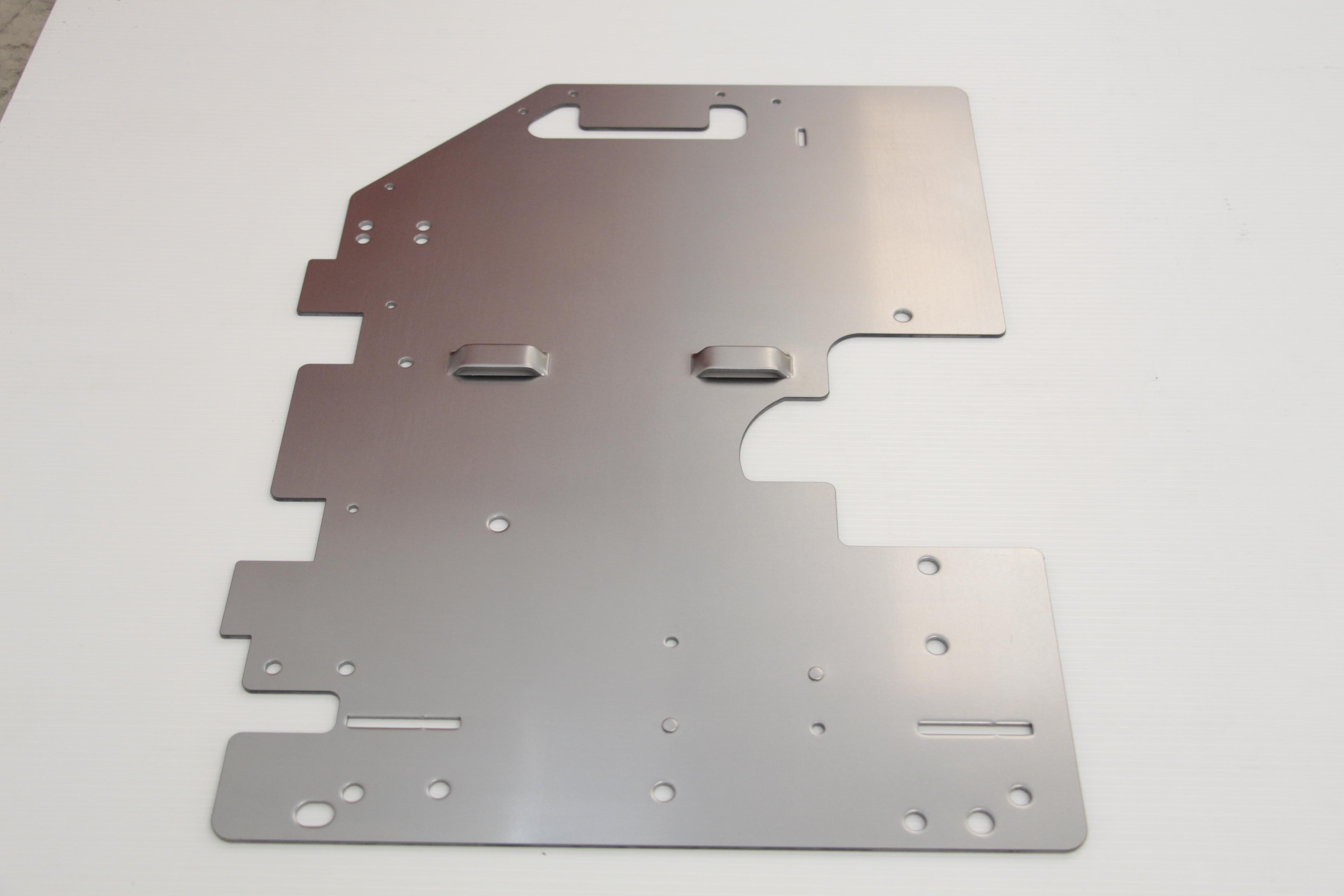Sheet metal laser cutting for clean and accurate results

Among the various operations carried out by Minifaber, sheet metal laser cutting is undoubtedly the one that allows for the cleanest results without any irregularities.
Laser cutting, thanks to its high precision, speed and versatility, guarantees clean cuts on any type of sheet metal, even of large dimensions and consistent thickness, made of a wide range of materials: iron, stainless steel, aluminum, copper.
Sheet metal laser cutting allows the metal to be cut by a laser beam; once the metal surface is hit, it heats the material until it melts. Then, thanks to the computerized numerical control system, the laser cutting follows the geometry selected by the machine operator.

The benefits of sheet metal laser cutting
Sheet metal laser cutting represents an extremely popular process for metal separation, above all thanks to the benefits it guarantees:
- High precision: laser cutting allows any type of geometry to be cut on the sheet, leaving the edge of the cut extremely clean.
- Minimum maintenance: the sheet metal laser cutting machines are not subject to wear and therefore require a very low level of maintenance, which translates into a reduction in costs.
- Versatility of materials: any metallic material can be laser cut.
In addition, the sheet metal laser cutting process can be carried out both by combustion and by fusion. Oxygen is used for the combustion process while an inert gas is used in fusion cutting eliminating metal residues, after this has been melted by the laser.
To learn more about, read the article: Metal laser cutting: different lasers for guaranteed millimeter precision

The Minifaber sheet metal laser cutting process
For the best sheet metal laser cutting, Minifaber uses:
- 4 combined punches, capable of cutting sheets up to 6 mm thick.
- 1 deburring machine, which eliminates any residual metal "burrs".
- The experience of its skilled and passionate engineering department.
- Constant communication with the customer who, with his instructions, directs our technicians towards the most effective path to obtain the product (finished or semi-finished) that they expect.


